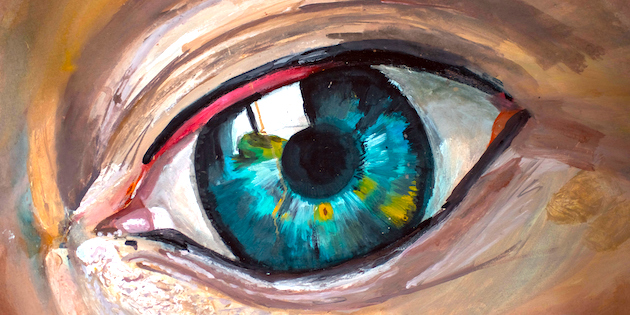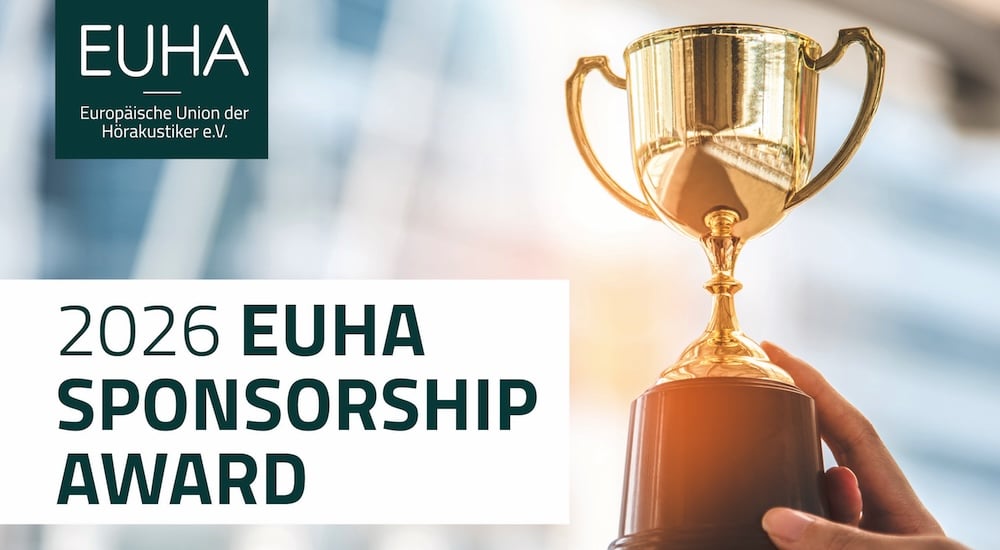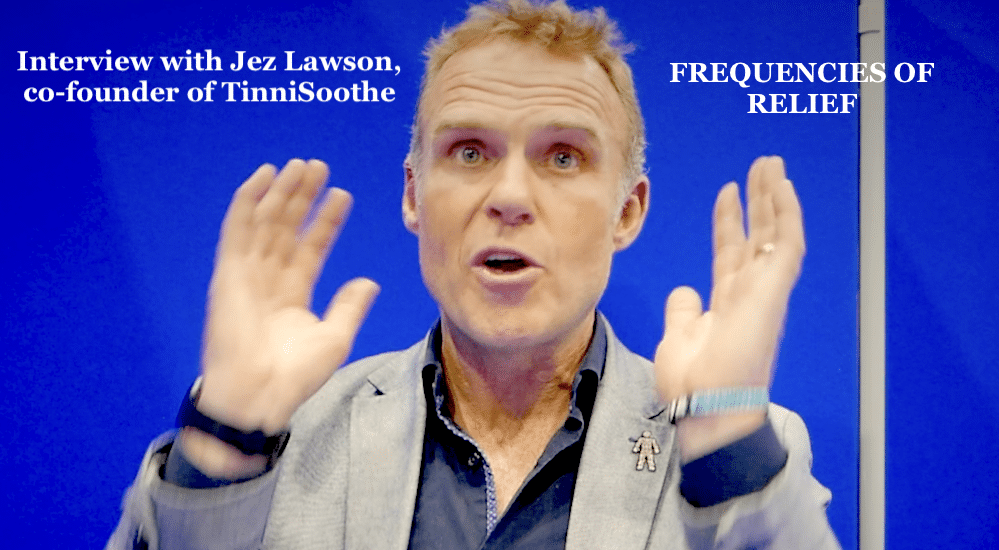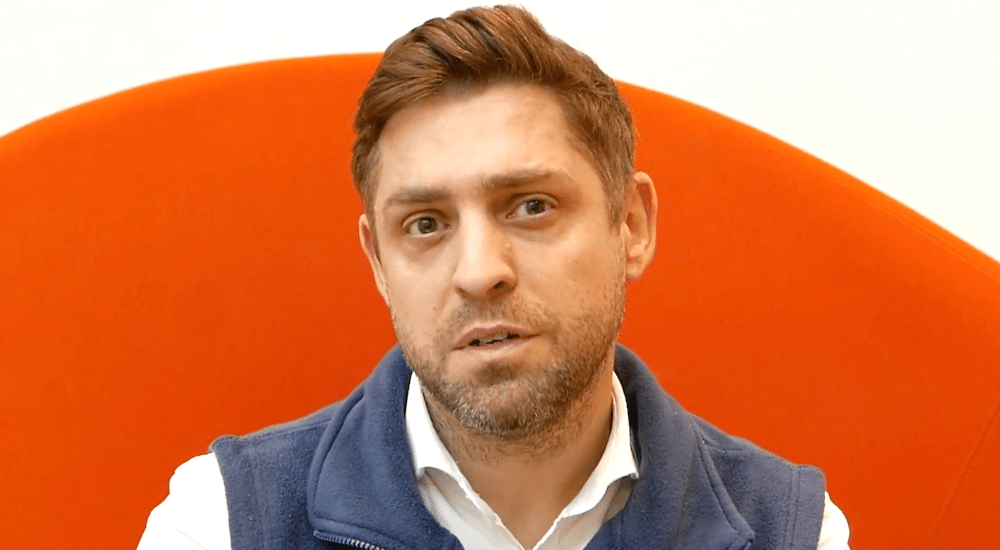How pupillometry can be used to improve hearing instrument user experience
technology
BIHIMA interviewed Elaine Hoi Ning Ng, Principal Researcher at Oticon, about their work in using pupillometry to measure listening effort and uncovering the unknown benefits of hearing instruments.
By Olivia Hill

BIHIMA: What is pupillometry?
Elaine Hoi Ning Ng (EHNN): Our body reacts to things involuntarily, for example when you’re nervous your heart beats faster. Pupil dilation and contraction are also automatic responses.
Pupillometry measures the size of the pupil. If you want to capture the change of the size of a pupil you place a camera in front of the person and ask them to focus on a particular point. We also use glasses with small cameras that can capture pupil size.

BIHIMA: Why is it such a powerful tool for measuring the benefits of hearing instrument technology?
Elaine Hoi Ning Ng (EHNN): Humans have limited cognitive resources and if we’re tired, we can only handle so many things. Traditionally, in clinics there was no objective way to measure listening effort but about 10 to 15 years ago, as researchers, we were looking at different ways of measuring listening effort, such as pupillometry and memory.
Monitoring change in pupil size we can generally see that the pupil dilates when more effort is being put into an activity, and when it decreases it corresponds to less efforts.
Research shows that when listening is difficult, or a person is in any other situation where they need to apply at lot of cognitive resources to solve a task, their pupils dilate. One of the theories is that this allows more light to come in and helps increase attention.
One of the most valuable things about using pupillometry in hearing technology is that we can capture the benefit of hearing technology the user talks about in everyday life; pupillometry gives us a way to measure this. We often say the eye is the window to the brain – it gives us something objective we can use to quantity the benefits along with subjective feedback from the user.
The combination of having the qualitative feedback from the patient along with this quantitative method is really valuable and will help us refine technology to give even greater benefits to users, potentially helping to reduce risk of fatigue from listening effort and overloading the brain. We strive to build technology that helps the brain to make sense of sounds – and this is the BrainHearing philosophy at Oticon.
BIHIMA: Can you tell me about the previous work Oticon has done in this area?
Elaine Hoi Ning Ng (EHNN): At Oticon, we’re interested in what the consequences of treating hearing loss are, what happens to the brain when clear sounds reach it, from a holistic point of view of treating hearing loss. Oticon are pioneers in using pupillometry to measure listening effort. We have studies where we looked at the changes in pupils when listening and remembering what other people have said. Results showed that our hearing technology significantly reduces listening effort. With less listening effort we can see that people have remembered things better.
In a follow up pupillometry study, we found that in difficult listening environments, listening effort goes up. However, as the listening environment becomes more difficult, listening effort goes down because people start giving up and begin to disengage from listening. With our hearing technology, the users are able to stay engaged in more difficult listening environments.
We can now measure pupil dilation over a longer period of ‘running speech’. Previously we looked at listening effort over sentences, then about five years ago we combined pupillometry with a brain imaging study where we looked at selective attention. More effort is used in the beginning when you’re focusing your attention on the person you want to, so the listening is quite effortful but once you are focussed on a person and maintaining attention – called sustained attention – listening effort decreases. The pupil size is very large in the beginning and then decreases naturally. We have shown that our hearing technology (or BrainHearing Technology) significantly reduces sustained listening effort.
From the recent brain imaging studies we can see that the new hearing technology helps you to selectively attend to a person you’ve chosen to and after this it can also help reduce effort and helps the brain to organise sounds, therefore reducing fatigue at the end of a day.
We have some preliminary results which show that when the user is wearing an instrument which is not optimally fitted, they have more pupil dilation than those who have an optimally fitted instrument. Better hearing technology can free up mental resources to do a task better, reducing the cognitive load involved in a high listening effort.
BIHIMA: What are the benefits of pupillometry to the patient?
Elaine Hoi Ning Ng (EHNN): Hearing loss and suboptimal hearing amplification may overload the brain. This causes hearing aid users to give up and withdraw. Using pupillometry, we can prove that our hearing technology improves speech understanding while reducing listening effort. this enables the users to take part in conversations and stay engaged in lively social events.
People with hearing loss sometimes struggle with being tired at the end of the day from the listening effort. I worked as an audiologist before going into research and remember many patients having this challenge. Ultimately the benefits will come from pupillometry being used to refine the hearing instrument technology to give a better listening experience that is also good for the brain.
At Oticon one of the main things we do is developing technology that is not only good for the ears but is also good for the brain. We look at the consequences of sounds in the brain and how we can bring benefits to the user, giving the brain the best sounds to listen to and process more naturally, and ultimately use less effort to improve overall wellbeing of the patient.
Our latest hearing technology offers a more natural sound environment to our users – instead of blocking out sounds our technology provides all these sounds, such as birds singing and traffic noises, in a subtly, balanced way which gives the user a better listening experience. The pupillometry technique is a reliable way of showing that by adding all these sounds we’re actually reducing effort and not overloading the brain.
Offering a greater sound spectrum helps users to stay active and social which keeps the brain working in a good way, keeps it healthy and can help protect the brain from cognitive decline.

BIHIMA: What are the benefits to audiologists?
Elaine Hoi Ning Ng (EHNN): Pupillometry can help hearing care professionals understand their user better. It gives the audiologist another tool to offer more holistic care when they’re supporting their patients. Audiologists can monitor listening effort and discuss it with their patients when counselling them in hearing instrument use.
Part of our vision at Oticon is that pupillometry will be used as a tool for audiologists in face-to-face and remote clinics. It is a powerful tool to visualise the effect of noise and effort on the body. By knowing how much effort their patient will use in a day, the audiologist can individualise the fitting of the hearing instrument based on this – on what kind of listening situation or sound environment the hearing instrument user is in. Using pupillometry can help the audiologist decide which is the best fitting for the user.
BIHIMA: How do you see the use of pupillometry influencing the development of future hearing instrument technology?
Elaine Hoi Ning Ng (EHNN): In the future, if we can measure the responses in the body using pupillometry and other neural responses, there is potential for development for automatic feedback mechanisms within hearing instruments based on listening effort.
With the right study design, we should also be able to measure fatigue using pupillometry. Pupillometry in conjunction with other responses such as heart rate can be used to measure stress and distress. In one of our previous studies, we found that increased sound pressure level in the environment is associated with increased heart rate. Monitoring stress and fatigue in relation to listening effort will be extremely helpful for hearing care professionals supporting hearing instrument users in a holistic way, and for the development of hearing instrument technology.
About the British Irish Hearing Instrument Manufacturers Association
BIHIMA represents the hearing instrument manufacturers of Britain and Ireland, working in partnership with other professional, trade, regulatory and consumer organisations within the health care and charitable sectors. We raise consumer awareness about the latest hearing technology and aim to influence government and policy makers to improve the lives of people with hearing difficulties.
Source: Audio Infos UK issue 147 – March April 2022 /BIHIMA
 Sign in
Sign in

